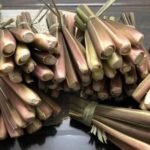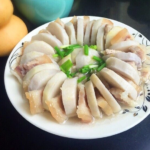Taro, also known as yam, is a type of root vegetable that is used to make many delicious dishes. Taro powder is used to make cakes. Fresh taro is sold in many markets and is used to cook various dishes such as steamed taro, coconut taro, taro sticky rice, taro dessert… These dishes made from taro are fragrant and delicious, which many people enjoy.
Especially in winter, taro sticky rice, hot taro with coconut, hot taro dessert… are very attractive to diners. The dishes made from taro are fragrant, starchy, easy to cook, and are believed to have less sugar starch than rice, which many people enjoy.
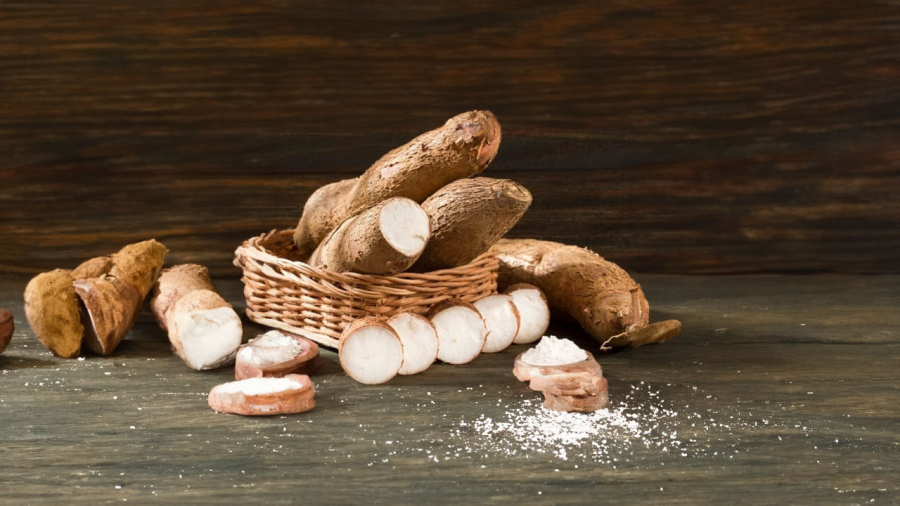
However, natural taro contains cyanide, a toxic substance that can cause death in low amounts. This toxin in taro is similar to that in fresh bamboo shoots, they naturally exist in the root and are not caused by cultivation or preservation. This toxin can cause nausea and vomiting if consumed in large quantities, and in severe cases, it can lead to death. There have been cases of death from eating taro.
The level of toxicity in taro is not the same among different varieties and parts of the root. There are sweet taro and bitter taro, sweet taro has less of this toxin than bitter taro. The toxin accumulates mainly in the outer skin, the core, and the two ends of the taro.
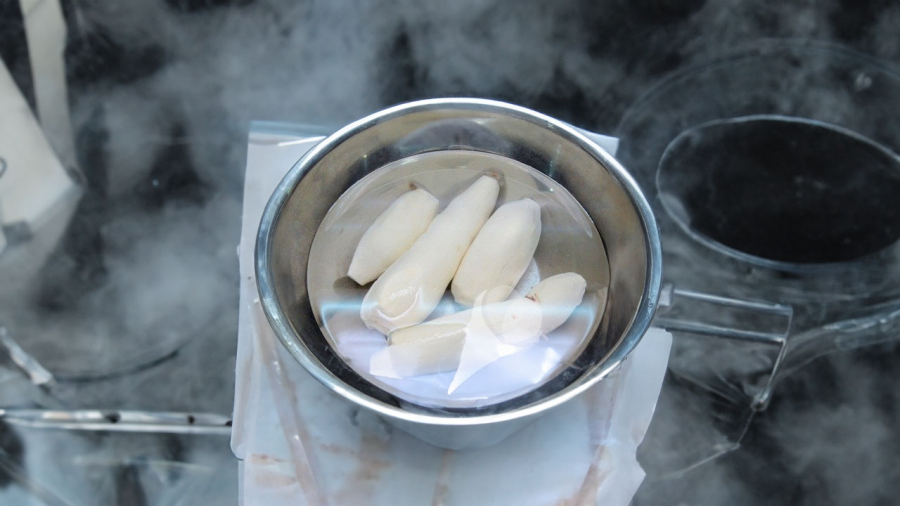
Methods of detoxifying taro
When buying taro, you need to remove the skin and soak it in water. In the past, people used to soak it in rice water for hours, to allow this toxin to degrade in the water. Exposing taro to sunlight also helps degrade this toxic substance.
You need to soak it thoroughly before boiling, steaming… It is better to boil after removing the skin instead of boiling with the skin. Many street vendors keep the skin on the taro to prevent flies and mosquitoes from attaching to it. However, at home, you should remove the skin and soak the taro in water before cooking.

Absolutely do not chew raw taro. When making sticky rice, cooking dessert, you should split the taro in half to immediately remove the core before cooking.
Soak and wash taro several times to help detoxify it better rather than immediately cooking it after peeling.
You should remove the two ends of the taro, do not hesitate to avoid toxicity.
When cooking taro, it must be fully cooked before eating, do not eat undercooked taro. Adding a little salt when boiling or steaming also helps detoxify and enhances the flavor of taro.
When boiling, you should partially uncover the pot to allow the toxin to evaporate during the cooking process.
When eating, you should dip it with sugar or honey to prevent poisoning.
Do not eat taro on an empty stomach, it is recommended to eat a little bit of starch before eating taro.
Do not eat too much taro at once.
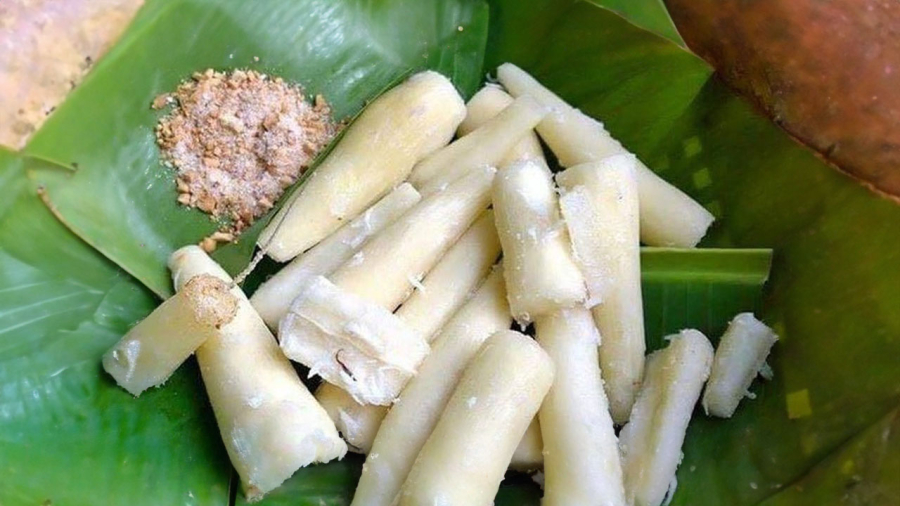
What to look for when buying
When buying taro, you need to observe. If you see the root is sticky with unusual dark or green color in the skin at the ends of the taro, it means that the root contains a lot of toxins and should not be eaten. If the taste is bitter, it should be discarded.
Absolutely do not eat raw taro. If you see the taro is wilted and not firm, do not eat it because it is likely to be harmful and not tasty.
Taro is a delicious food that allows you to cook many delicious dishes, but you must remember the above things if you do not want to be poisoned. Especially for sensitive groups such as pregnant women, children, the elderly, and people with weak digestion, it is even more important to pay attention.

























